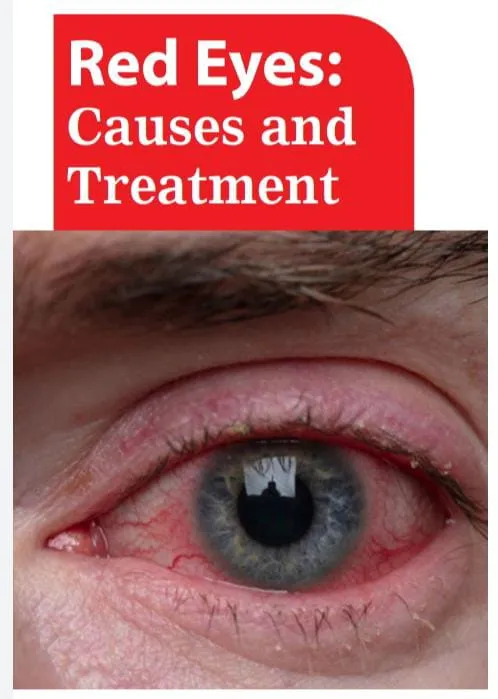Understanding Red Eyes
Red eyes, also known as bloodshot eyes, occur when the blood vessels on the surface of the eye become inflamed or dilated. This can result in the whites of your eyes appearing reddish or pinkish, which can make you look tired or unwell. The condition is often temporary and can be caused by various factors, ranging from environmental irritants to underlying medical conditions. Understanding the causes of red eyes is the first step in finding effective ways to alleviate the discomfort and improve the appearance of your eyes. Fortunately, in many cases, simple remedies and lifestyle adjustments can provide significant relief. However, it’s crucial to recognize when professional medical attention is necessary to address more serious underlying issues.
What Causes Red Eyes
Several factors can contribute to the development of red eyes, making it essential to identify the root cause for appropriate treatment. Understanding these causes can help you adopt preventive measures and seek suitable remedies. Common causes include environmental factors, lifestyle choices, and underlying health conditions. Knowing the triggers allows for more targeted and effective solutions to achieve clearer, healthier-looking eyes. Here are some of the most prevalent causes behind this common condition.
Dry Eyes
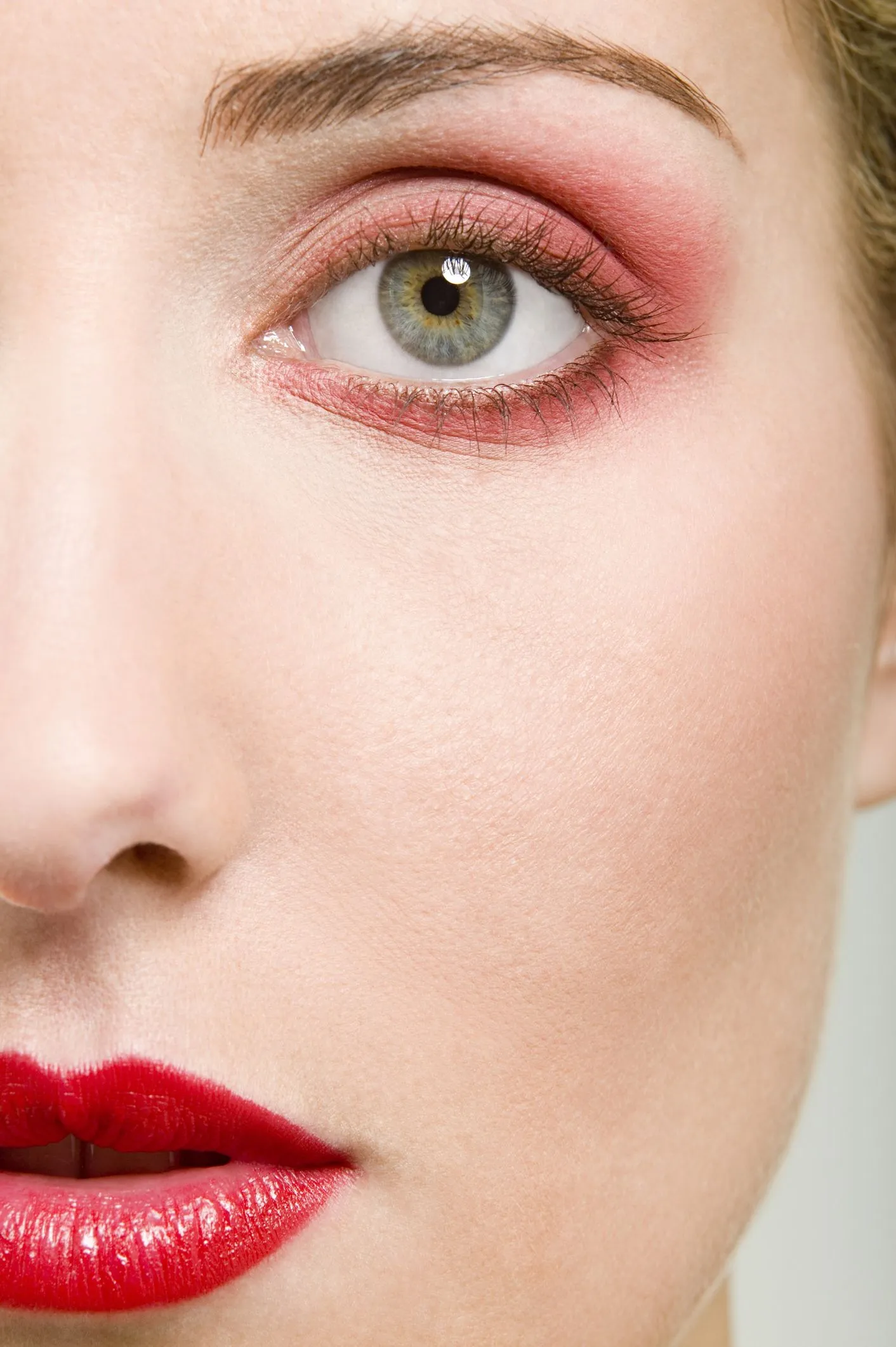
Dry eyes occur when the eyes do not produce enough tears, or the tears produced are of poor quality. This can lead to irritation, redness, and a gritty sensation. Environmental factors, such as wind and dry air, can exacerbate the condition, as can prolonged screen time. Dry eyes often result in increased eye strain, making them appear bloodshot. Individuals with dry eyes may find relief through the use of artificial tears and by making adjustments to their environment and habits. Regular blinking and taking breaks from screens can also help to manage and alleviate the symptoms.
Allergies
Allergies are a frequent cause of red, itchy eyes. When the eyes come into contact with allergens like pollen, dust mites, or pet dander, the body releases histamine, causing inflammation and redness. Allergic conjunctivitis can cause significant discomfort, and is often accompanied by other symptoms such as sneezing and a runny nose. Managing allergies with antihistamines, staying indoors during high pollen counts, and using allergen-reducing air purifiers can reduce the frequency and severity of red eyes caused by allergies.
Eye Strain
Prolonged use of digital devices, reading for extended periods, or engaging in other visually demanding activities can lead to eye strain. This strain can cause the eyes to become red, tired, and uncomfortable. Insufficient lighting, incorrect viewing distances, and poor posture can also contribute to eye strain. Taking regular breaks, adjusting screen settings, and ensuring proper lighting can help alleviate strain. Practicing the 20-20-20 rule (every 20 minutes, look at something 20 feet away for 20 seconds) can also significantly reduce eye strain and the associated redness.
Other Causes
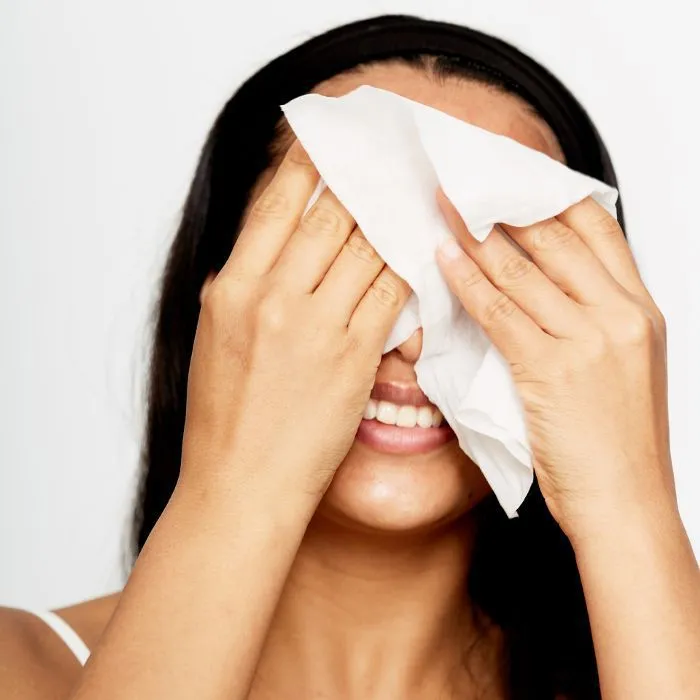
Other causes include infections, such as conjunctivitis (pink eye), which is often highly contagious, and injuries to the eye. Irritants such as smoke, chlorine from swimming pools, or chemical exposure can also lead to red eyes. Certain medical conditions, such as glaucoma, can also cause eye redness. It’s important to identify the underlying cause to ensure you are seeking the correct treatment. In some instances, red eyes can indicate a more serious condition that requires immediate medical attention.
Top 5 Ways to Whiten Red Eyes
Dealing with red eyes can be both uncomfortable and self-conscious-inducing. Fortunately, several effective strategies can help you quickly alleviate redness and restore the clarity of your eyes. From over-the-counter remedies to lifestyle adjustments, many options are available to help you combat this common issue. Here are five of the most effective ways to whiten red eyes, providing you with relief and helping you regain confidence in your appearance. These methods address various causes of redness, making them versatile solutions.
Artificial Tears
Artificial tears are a readily available and often effective remedy for red eyes, especially those caused by dryness or irritation. These lubricating eye drops mimic natural tears, providing relief by moisturizing the surface of the eye and reducing redness. They are generally safe for frequent use, making them a practical choice for everyday eye care. However, it’s essential to choose the right type of artificial tears to maximize their effectiveness and minimize potential side effects. Regular use can significantly improve comfort and appearance of your eyes.
How Artificial Tears Work
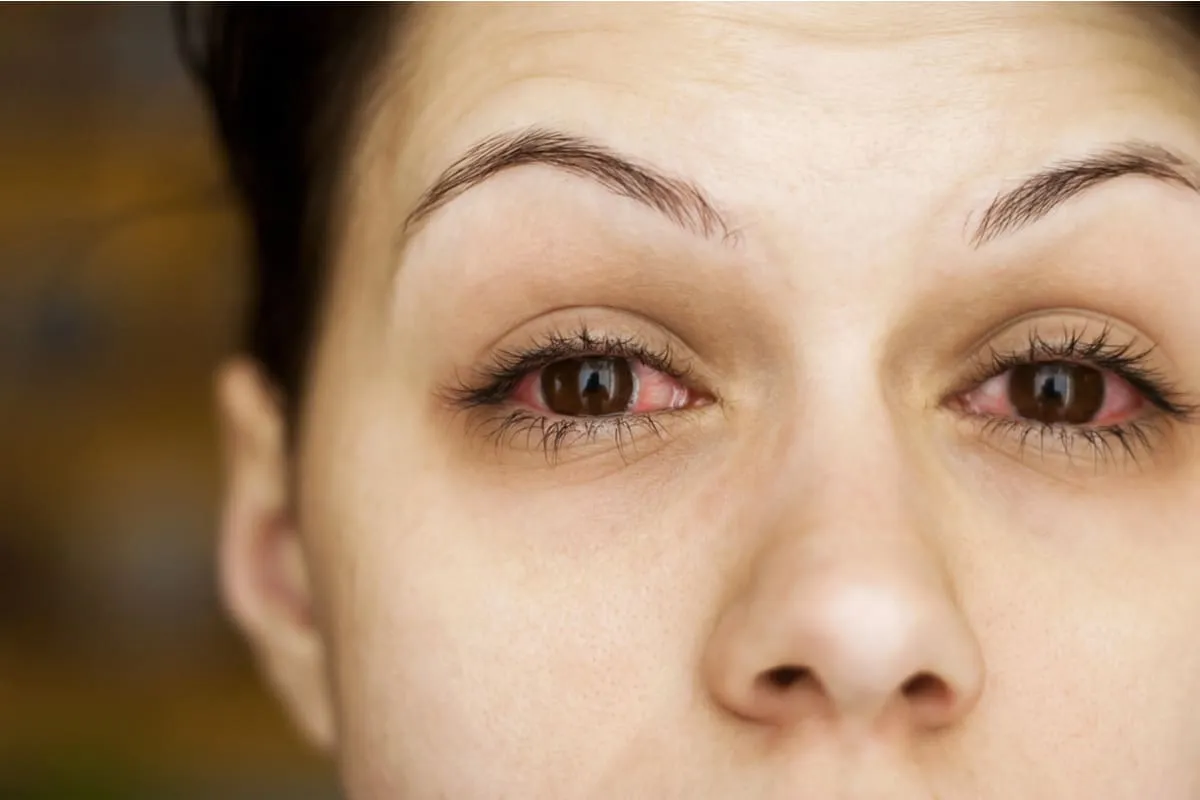
Artificial tears work by lubricating the eyes, helping to wash away irritants and providing moisture to the cornea. This added moisture helps to reduce friction and irritation, which can cause redness. They also help to stabilize the tear film, which is crucial for maintaining clear vision and eye health. By mimicking the composition of natural tears, artificial tears provide immediate relief from symptoms such as burning, itching, and blurred vision, which are common with red eyes. They are a simple and effective way to keep eyes comfortable and clear.
Choosing the Right Tears
The market offers a variety of artificial tears, so choosing the right one is important. Look for preservative-free options, particularly if you plan to use them frequently, as preservatives can sometimes cause further irritation. Consider your specific symptoms when selecting a product. If you have dry eyes, choose a thicker formulation for longer-lasting relief. For allergy-related redness, opt for artificial tears with antihistamines. Always consult with an eye care professional if you’re unsure which type is best suited for your needs, to ensure you choose the safest and most effective product.
Cold Compress
Applying a cold compress to your eyes can provide quick relief from redness and inflammation. The cold temperature helps to constrict blood vessels, thereby reducing swelling and redness. This method is particularly effective for red eyes caused by allergies, eye strain, or minor irritations. It is a simple, natural, and easily accessible remedy that can be implemented at home. Regular use of a cold compress can also soothe irritated eyes and make them feel refreshed, providing immediate comfort and helping to improve overall eye appearance.
Applying a Cold Compress

To use a cold compress, simply soak a clean washcloth in cold water or wrap a few ice cubes in a thin towel. Gently place the compress over your closed eyes for 10–15 minutes. Ensure the cloth or towel is not too cold, as it could cause discomfort. Repeat this process several times a day to maximize the benefits. For added relief, you can also lie down while applying the compress and relax, allowing the cold to soothe your eyes completely. Make sure to gently pat your eyes dry after removing the compress.
Benefits of Cold Compress
Besides reducing redness, a cold compress also offers several other benefits. It can reduce puffiness around the eyes, alleviate itching, and provide a soothing sensation. The cold temperature helps to numb any pain or discomfort associated with eye irritation. Using a cold compress is a simple and effective way to refresh and rejuvenate tired eyes. It can also help prevent further irritation by reducing inflammation and promoting relaxation. Overall, a cold compress is a versatile tool that can improve the appearance and comfort of your eyes.
Over-the-Counter Eye Drops
Over-the-counter eye drops are designed to quickly relieve redness, irritation, and dryness. These drops typically contain vasoconstrictors, which constrict the blood vessels in the eyes, reducing redness. While these drops can provide immediate relief, it’s essential to use them with caution. Prolonged use of some types of eye drops can lead to rebound redness, where the eyes become even redder once the drops are stopped. Understanding how to choose and use eye drops safely is key to maximizing their benefits and avoiding potential issues. Regular use must be consistent with product guidelines.
Choosing Eye Drops
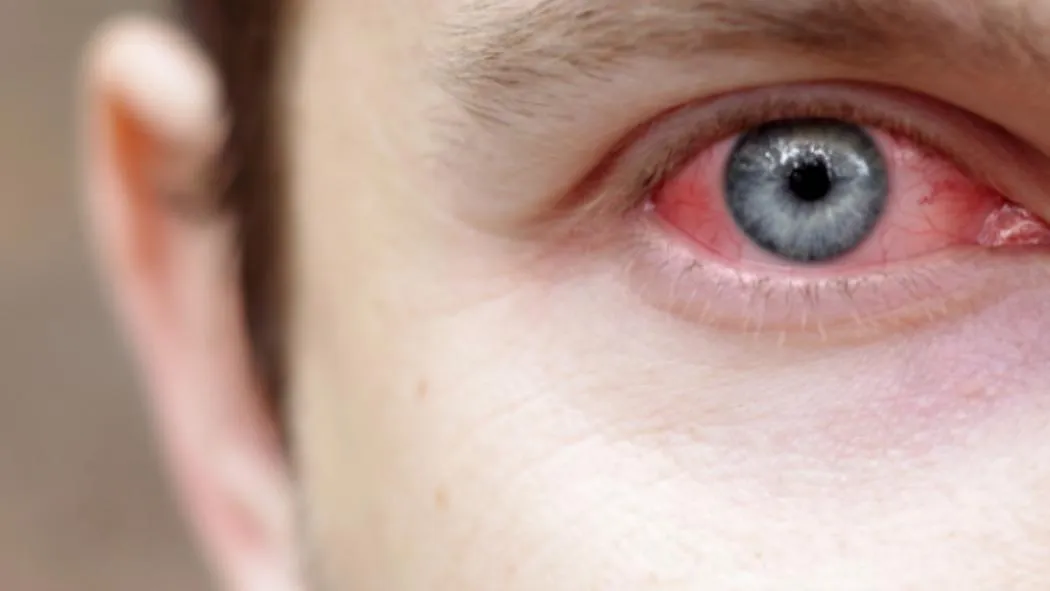
When selecting eye drops, consider the underlying cause of your red eyes. If your eyes are dry, lubricating eye drops might be the best choice. For allergy-related redness, antihistamine eye drops can provide relief. If you are unsure about the cause, look for multi-symptom relief drops. Always check the ingredients and avoid drops with preservatives if you intend to use them frequently. Consult a pharmacist or eye care professional for recommendations if you have any doubts. Make sure the products are safe and appropriate for your specific needs.
Using Eye Drops Safely
To use eye drops safely, tilt your head back and gently pull down your lower eyelid to create a small pocket. Hold the dropper above your eye and squeeze the recommended number of drops into the pocket. Avoid touching the dropper tip to your eye or any other surface to prevent contamination. Close your eyes gently for a minute or two, and blot away any excess liquid. Follow the instructions on the product label carefully, and do not exceed the recommended dosage. If your symptoms persist or worsen, consult an eye care professional.
Hydration & Rest
Maintaining adequate hydration and getting sufficient rest are crucial for overall health and can also significantly impact the appearance and comfort of your eyes. Dehydration can lead to dry eyes and increased redness, while lack of sleep can cause eye strain and make your eyes appear bloodshot. By prioritizing these factors, you can support your eye health and reduce the likelihood of experiencing red eyes. These simple lifestyle changes can make a big difference in how your eyes look and feel.
Importance of Hydration
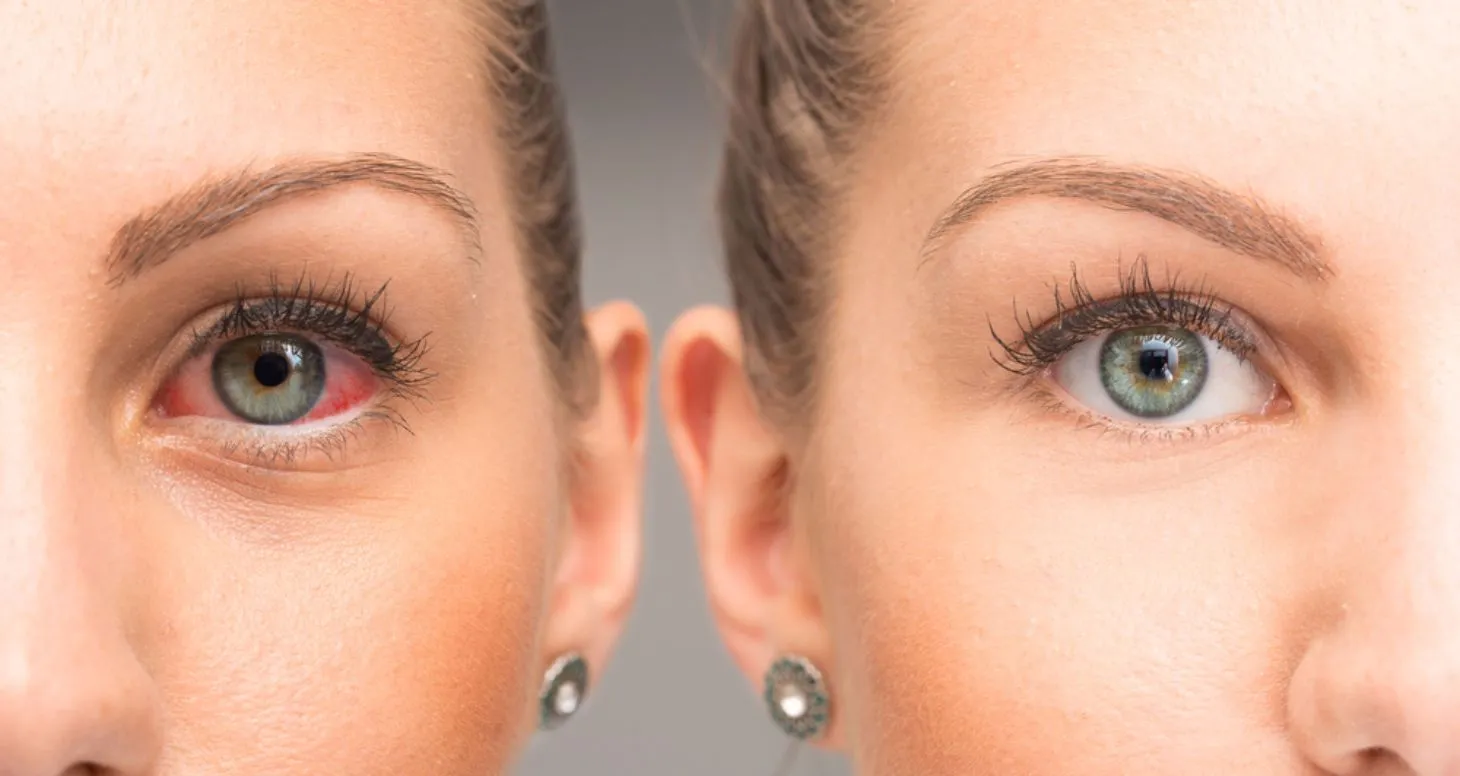
Drinking plenty of water is essential for maintaining overall health, including eye health. Hydration helps to keep your eyes lubricated and reduces the risk of dry eyes, which can cause redness and irritation. Aim to drink at least eight glasses of water per day and increase your intake if you are active or live in a hot climate. Adequate hydration helps to flush out toxins and support overall bodily functions, leading to clearer, healthier-looking eyes. It is a simple and effective way to reduce redness and maintain eye comfort.
Role of Adequate Sleep
Getting enough sleep is crucial for eye health, as it allows your eyes to rest and recover. Lack of sleep can lead to eye strain, redness, and puffiness. Aim for seven to eight hours of quality sleep each night. Create a relaxing bedtime routine, ensure your bedroom is dark and quiet, and avoid screen time before bed to improve sleep quality. Proper sleep supports the production of tears, which help keep your eyes moisturized and healthy, thus reducing redness. Consistent sleep is an important step toward healthy and clear eyes.
Lifestyle Adjustments
Making certain lifestyle adjustments can help to prevent and manage red eyes. These adjustments often involve avoiding irritants, practicing proper screen time habits, and creating a healthy environment for your eyes. By incorporating these changes into your daily routine, you can reduce eye redness and improve your overall eye health. Simple actions can have a large impact on the appearance and comfort of your eyes, ensuring they remain healthy and clear. A holistic approach will benefit overall health.
Avoiding Irritants
Minimizing exposure to irritants is a key step in preventing red eyes. This includes avoiding smoke, strong chemicals, and allergens. If you are exposed to smoke, try to move to a well-ventilated area or use protective eyewear. For allergy sufferers, keeping windows closed during high pollen seasons, using air purifiers, and regularly cleaning your home can help reduce exposure. Be cautious around chemicals and protect your eyes when using cleaning products or working in environments where irritants are present. Careful consideration of irritants will significantly reduce redness.
Proper Screen Time
Prolonged screen time is a common cause of eye strain and redness. To mitigate this, follow the 20-20-20 rule: every 20 minutes, look at something 20 feet away for 20 seconds. Adjust the brightness and contrast of your screen to a comfortable level and ensure your work environment is well-lit to reduce eye strain. Take frequent breaks to rest your eyes, and blink often to keep your eyes lubricated. Consider using blue light filters on your devices or wearing glasses designed to block blue light, especially during evening hours. These changes can improve your comfort.
When to See a Doctor
While many cases of red eyes are harmless and can be resolved with home remedies, it’s essential to know when to seek professional medical attention. Certain symptoms and conditions may indicate a more serious underlying issue requiring prompt diagnosis and treatment. Recognizing these signs and knowing when to consult an eye care professional can protect your vision and prevent complications. It is important to prioritize your eye health by seeking appropriate medical support when needed.
Signs of a Serious Eye Condition
If your red eyes are accompanied by severe pain, vision changes, sensitivity to light, or discharge, you should seek medical attention immediately. These symptoms could indicate serious conditions such as glaucoma, uveitis, or a corneal ulcer. Other concerning signs include blurred vision, the sensation of a foreign object in your eye, or the inability to open your eye fully. If you experience any of these, do not delay seeking medical help. Early diagnosis and treatment are often crucial for preventing vision loss and ensuring the best possible outcome.
Seeking Professional Help
If your red eyes do not improve within a few days with home remedies, or if they worsen, consult an eye doctor. A thorough examination can help determine the underlying cause of the redness and rule out any serious conditions. Your doctor may prescribe medication, suggest specific treatments, or provide guidance on managing your condition effectively. Regular eye exams are an essential part of maintaining good eye health and detecting any potential problems early. Do not hesitate to seek professional help to ensure the health of your eyes.
